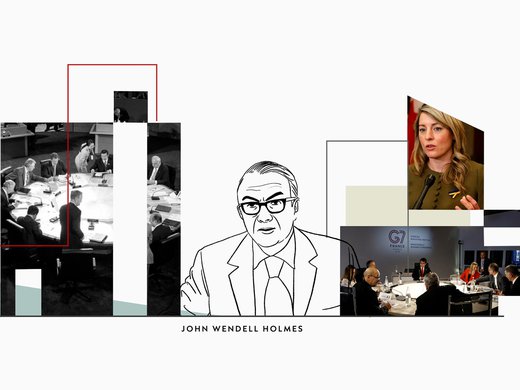The role of the patent system recently became the subject of increased attention in climate change discussions on technology transfer. The core technology that should be disseminated with the patent is not easily accessible in practice or has little technical value. Access and the timely diffusion of green technologies required for adaptation and mitigation constitute one of the major challenges faced by the international community.
Since the United Nations Framework Convention on Climate Change (UNFCCC) Bali meeting in 2007, the role of the patent system has been the subject of increased attention in climate change discussions on technology transfer — in particular, how the patent system can foster green innovation and promote dissemination of clean technologies on both national and international stage. The development of an effective innovation strategy requires new mechanisms that facilitate the circulation of knowledge between independent parties. Among these mechanisms — studied during my work as a research fellow with the CIGI’s International Law Research Program — emerge the patent pledges as cooperative ventures that allow green technology holders to pledge their patented technologies for widespread free use.
Last week, the American University Washington College of Law and the University of Utah organized in Washington DC a symposium on the future of patent pledges in the modern economy. Professor Jorge Contreras from the University of Utah had previously written that an increasing number of firms are making voluntarily public pledges to limit the enforcement or exploitation of their patents. In doing so, the firms are entering a little-understood middle ground between the public domain and exclusive property rights. The best-known of these patent pledges are FRAND commitments, in which patent holders commit to license their patents to manufacturers of standardized products on terms that are “fair, reasonable and non-discriminatory.” However, patent pledges have been appearing in settings well beyond standard-setting, including open source software, green technology and the life sciences. As a result, this increasingly prevalent private ordering mechanism is beginning to reshape the role and function of patents in the economy.
My presentation at the symposium focused on the rationales and governance of patent pledges in climate change technology. Technological collaborative mechanisms in the field of green technology have increasingly been used in the past few years to stimulate and encourage the transfer of existing and emerging green technologies between academia, public institutions and the private sector.
The urgent need for green technology diffusion and the complexity of some technology — critical to addressing climate change — lead to new collaborative structures and sharing technologies that benefit both innovators and society at large. The “own and protect” model for intellectual property rights that had dominated global markets for a long time evolved gradually towards a “sharing and collaboration” model. These collaborative models of green technology innovation have been, in fact, inspired by their successful implementation in other sectors such as information and communications technology (ICT).
In my presentation, I discussed the three main models of green patent pledges: the Eco-Patent Commons, a green technology patent-sharing of donated patents; the GreenXchange, a web-based marketplace that facilitates negotiating and licensing agreements between patent holders and potential licensees; and the Canada’s Oil Sands Alliance (COSIA), a semi-open mechanism of sharing green knowledge. I argued that the simple existence of a patent on a particular green technology is not a barrier in itself to the transfer of that technology. Much depends on how the exclusive rights that come with a patent are deployed; and how they can be used in transferring green technology.
I concluded my analysis by presenting the possible challenges related to green patent pledges. First of all, there is the issue of governance of pledges and who should ideally manage them. It can be an international organization, government agency or an independent body that receives and exploits patents pledged to the pool. Second, there is the issue of rules and regulations of accession to such pool and the validity of patent pledged. The pledger is usually required to provide a valid patent in order to join the network. However, none of the current models indicate whether the pledgers should keep the patent pledged in force by paying the cost of maintaining their IP right or not and the sanction in that case. I suggested that Green Pledges should include a provision to maintain the patent pledged valid to avoid only pledging negligible or non-essential green patents.
My paper on patent pledges in green technology will be soon available via CIGI. For more information, please contact me at [email protected].


